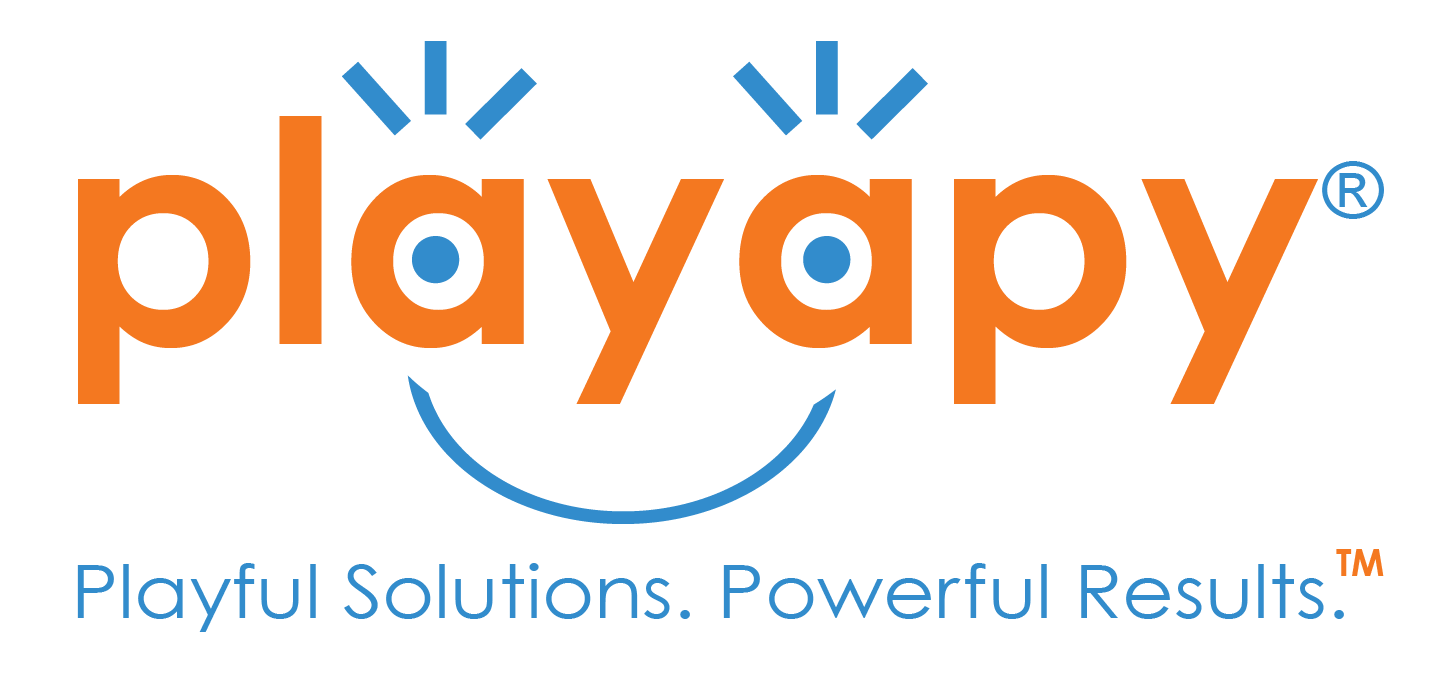
31 Mar Boy Meets World Through Play: A Story of Preparing for Kindergarten
It was nearing the end of summer in Miami when I received a call from a concerned mother. An occupational therapist at a nearby private school gave her my number just a couple short weeks before the start of another school year. Familiar with my practice, she thought I was a good match for the family. I came to learn the mother’s primary concern for her four-year-old son was handwriting difficulty. I explained to the mom that handwriting was an advanced skill for a four-year-old boy. She expressed she had noticed he was not performing at the level of her other children at the same age. Her current goal was to prepare him for Kindergarten over the next year.
Meeting Expectations
It was no surprise to me to receive a call from mom with this concern. As a seasoned pediatric practitioner in Florida, I had experienced the effects of Common Core State Standards particularly on preschoolers. According to Colette et al (2011), handwriting is not part of daily instruction because it is not listed as a foundational skill. Instead, preschools now are providing handwriting instruction. The push for increased academic ability in three and four-year-olds is what I refer to as preschool pressure. In 2011, Zobel-Lachiusa & Pierce stated the increase in academics in Kindergarten was leading to a decrease in sensory and motor foundational skills. Hence, I agreed to complete an evaluation to determine if standardized testing supported the diagnosis of fine motor delay noted on his prescription. I also kept in mind the family’s expectation and history of advanced education.
Meeting Daniel
When I met Daniel in his home, he was hiding behind his nanny peeking around her thigh. He seemed shy and insecure for a boy fluent in three languages. He articulated his frustration that he could not write or win at sports and video games his older brothers had long mastered. Daniel was years younger than his siblings and had working parents that often traveled internationally. Therefore, play at home was mostly solitary. When completing pre-writing tasks including drawing and cutting shapes, he gave up quickly and appeared overwhelmed. These factors particularly concerned me given his age. Research by Feder & Majnemer (2007) stated failure to attain handwriting competency often has negative effects on both academic success and self-esteem. I determined Daniel’s visual motor skills were 18 months below his age level. Before addressing handwriting, I needed to improve his foundational skills. These included coordination, pencil grasp, posture, and shoulder stability.
Rediscovering Play
Daniel’s mom was supportive of my plan to address these concerns through play. She agreed to hold off on any handwriting instruction for the next couple months. His therapy sessions were one hour per week and consisted of sensory, gross motor, and fine motor play. Using his interest in soccer, I incorporated a variety of balls and a scooter board into sessions. I used these tools to improve coordination, endurance, and strength through drills, imitation of movements, and partner activities. He also completed coloring pages and played games with soccer trading cards as motivators. In addition, I merged visual motor skills into obstacles courses and included verbal and visual instruction on how to draw and cut shapes properly. Treating Daniel in his home helped to provide education to the family support system. It made it easier for them to repeat the activities during the week using his toys.
Rewriting the Future
It was just shy of Daniel’s fifth birthday when I started giving formal handwriting instruction. His foundational skills had greatly improved, and I needed to limit the improper letter formation he was learning from others. With the help of both mom and nanny, he was completing a home program regularly. This now included workbook pages from a therapist recommended handwriting curriculum. It used uniform action words to break down letters into parts. This was vital for his success in the first stage of learning a new motor skill. Within four months, he was able to write the alphabet legibly and accurately aligned from memory. Daniel was now demonstrating confidence and proudly showing off his work. He also expressed increased interest in martial arts and played more equally with his brothers. When I reevaluated Daniel after one year of services, his visual motor skills had increased to average.
Happy Endings
Research (2007) shows evidence that handwriting difficulties do not improve without intervention. Daniel’s mother’s intuition to seek help was beneficial to his development both physically and emotionally. His attitude toward school completely changed for the better, and he was on track to excel in Kindergarten. With skilled occupational therapy services, he reversed the psychosocial effects that afflict many children with handwriting difficulties. My involvement as an occupational therapist helped to discover Daniel’s functional limitations. I was able to tailor his play to improve those areas using his interest in soccer to build his skills with ball exercises and endurance drills. In addition, I prepared him for the more demanding tasks of his educational environment through handwriting instruction and reduced his barrier to play within his home. Now Daniel is making the world his own on an equal playing field.
Amy Baez, MOT, OTR/L
Amy Baez is the Founder of Playapy and Creator of the PALS Handwriting Program. She is a pediatric occupational therapist, speaker, and parent coach with over 18 years of experience. Learn more at www.amybaez.com.
References
Collette, D., Anson, K., Halabi, N., Schlierman, A., & Suriner, A. (2017). Handwriting and Common Core State Standards: Teacher, occupational therapist, and administrator perceptions from New York State public schools. American Journal of Occupational Therapy, 71, 7106220010. https://doi.org/10.5014/ajot.2017.021808
Feder, K. P. and Majnemer, A. (2007), Handwriting development, competency, and intervention. Developmental Medicine & Child Neurology, 49: 312–317.
Zobel-Lachiusa, J. & Pierce, M. E. (2011) Write Ways: No-Tech, Low-Tech, and High-Tech Tools for Teaching Students With Handwriting Difficulty. OT Practice, 16 (8), 11-15.
